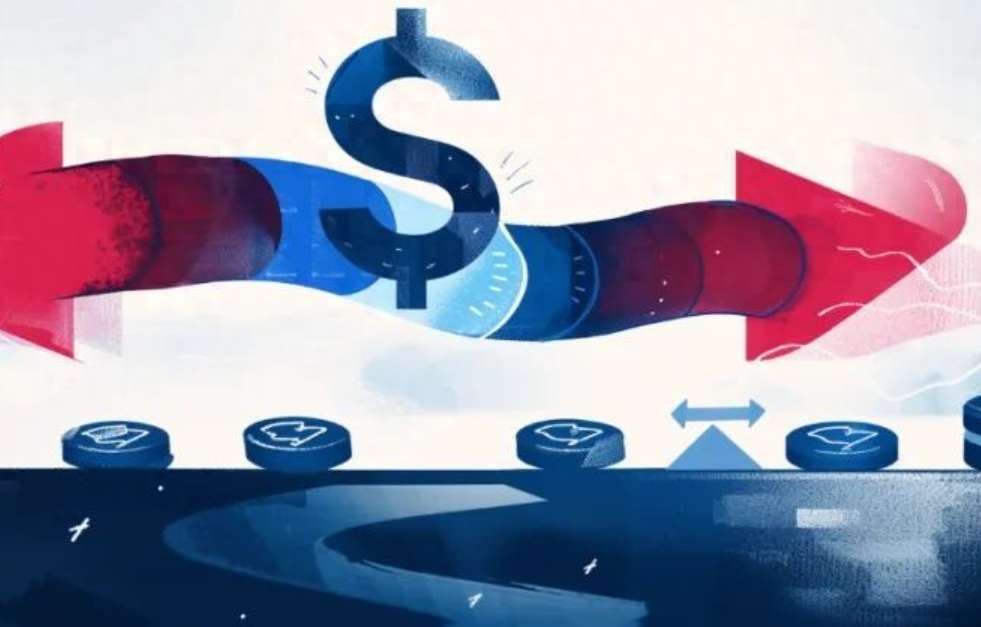Bond Funds See Inflows in Primary Market
Advertisements
- February 27, 2025
In recent months, the bond market has been navigating through a complex landscape, particularly with the ten-year government bond yield hovering around 2.3%. This situation has sparked a significant interest among experienced investors, particularly in the realm of first-level bond funds. Such instruments have been seen as effective tools to tackle the current market environment characterized by fluctuating interest rates and a volatile stock market.
As the later phases of the bond market cycle unfold, investors are finding compelling value in pure bond strategies and convertible bond enhancements. Historically, convertible bonds serve as "leading indicators" for the stock market, as they tend to gain traction when investors exhibit bullish sentiments towards equities. When expectations run high in the stock market, investors are inclined to pay premium prices for the inherent call options embedded within convertible bonds.
Over the last six months, however, a prevailing narrative has been established: the descent of interest rates. Currently, the one-year government bond yield rests at an approximate low of 1.6%, reflecting a five-year nadir post-pandemic, while the ten-year yield has dipped to about 2.3%, signaling a retreat even from the pandemic lows observed in 2020. This swift decline in rates has provided considerable relief for holders of bond funds. According to data from Wind, rolling returns over the past year for short-term and medium-term pure bond fund indices stand at 3.09% and 3.73% respectively, with several pure bond funds achieving returns of 5% over six months, a notable uptick.
Nevertheless, such rapid declines in rates cannot be sustained indefinitely. To highlight the concern, since April, the central bank has issued eight statements cautioning against long-end interest rate risks. Recently, it reinforced that a ten-year government bond yield within the 2.5%-3% range would be considered reasonable, hinting at potential bolstering actions by the central bank associated with government bonds.
As we moved into May, the ten-year yield stabilized, oscillating around 2.3%, which has contributed to an increasingly "tangled" performance for pure bond funds. It begs the question: in an era of low interest rates, what strategies can investors deploy to achieve larger returns through bond funds?
One noteworthy approach is investing in first-level bond funds, which provide opportunities to not only purchase bonds but also engage in convertible bond investments. A prime example in this arena is the Hui Tian Fu Industrial Bond A (000122), a first-level bond fund that was established in 2013 and has consistently delivered positive annual returns.

In terms of long-term performance, Hui Tian Fu Industrial Bond A has made an impressive mark. According to a report from Galaxy Securities Fund Research Center, it ranked 7th out of 274 within its category over the past year, placing it remarkably in the top 3% of peer funds. Since the beginning of 2023, the fund manager has gradually increased the proportion of convertible bonds, eventually allocating 58.67% of funds to convertible bonds by the first quarter of 2024. This well-thought-out strategy became apparent as the fund's A-share outstanding surged from 0.83 million to 10.7 billion shares late last year—a testament to its rising popularity.
Despite limitations on large contributions, such as the recently announced cap of 10 million yuan to manage substantial inflows, these measures serve to protect the interests of individual investors amidst heightened demand.
Convertible bonds, combining equity and debt characteristics, present a unique investment profile. They promise regular cash flow until maturity under normal circumstances, while also offering the potential for infinite upside once converted into equity. The risk-reward ratio for convertible bonds can be favorable; however, investors must remain cognizant of the cyclical nature of convertible bond investments. Since 2021, convertible bonds have experienced periods of adjustment, highlighting the necessity for strategic timing and selection.
Insights from the fund's quarterly report shed light on how Hui Tian Fu Industrial Bond A has capitalized on its convertible bond investments. The fund manager articulates a strategy aligned with a declining interest rate environment while acknowledging potential short-term volatility in the bond market. Notably, the analysis emphasizes valuation disparities in the convertible bond market, revealing that lower-priced convertible bonds exhibit diminished inherent option value, thereby creating an optimal "risk-adjusted return" scenario.
By focusing on low-priced convertible bonds, which tend to generate significant alpha, the fund positions itself to capture substantial profit potential while maintaining downside risk mitigation practices. The strategy centers on high-quality names with discernible margins of safety, leveraging both high-grade credit exposures and longer duration risks, all while continuously optimizing both asset classes and individual bond selections through rigorous due diligence.
This strategic inclination towards low-priced convertible bonds has proven effective. Comparative analyses undertaken show that as the general convertible bond indices faced pullbacks since 2021, a specialized focus on lower-priced bonds has significantly outperformed, even setting new benchmarks against broader indices.
As of early June 2024, a surge in prices for convertible bonds has occurred, prompting questions regarding the ongoing efficacy of the low-priced convertible strategy. Recent brokerage reports reflect an optimistic outlook, postulating that a higher yield-to-maturity (YTM) across the entire convertible bond market suggests enhanced allocation efficiency compared to corporate bonds.
This observation reinforces the notion that, despite recent price increases, the overarching value derived from low-priced convertible bonds remains formidable. It adds dimension to the investment thesis that strategizing around low-cost allocations within this hybrid asset class continues to present attractive opportunities for prudent investors.
Ultimately, the diligence with which investors navigate the evolving landscape of bonds, particularly in this low-rate environment, is pivotal. By judiciously allocating to convertible bonds and capitalizing on their fundamentally advantageous characteristics, market participants can position themselves favorably for both current conditions and future growth trajectories.
Leave A Comment